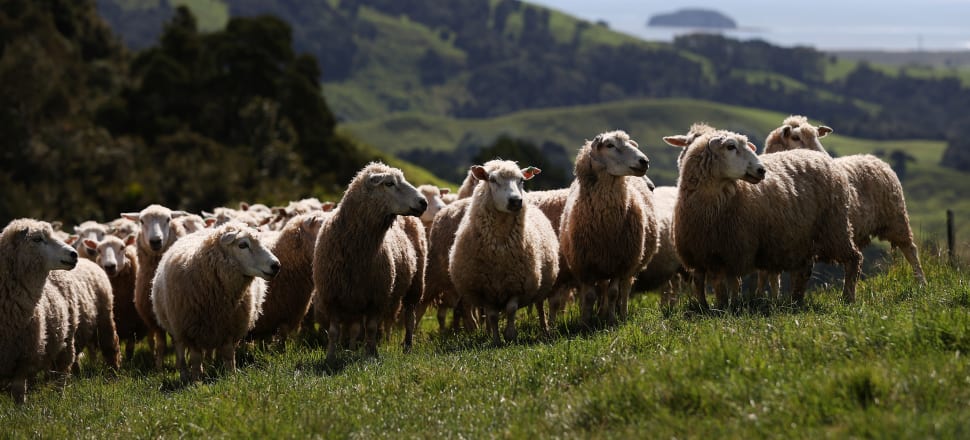
The Government's Christmas gift to the primary sector all but neuters the farm emissions levy, writes Marc Daalder
Comment: The latest twist in the multi-decade saga of placing a price on agricultural greenhouse gas emissions is yet another victory for the primary sector.
In a report released just four days before Christmas, the Government reveals it has drastically weakened what was already likely to be an ineffectual pricing scheme, with Cabinet committing to implementing "relatively low, unique prices" locked in for five years.
An accompanying press release even says the levy is "to be set at lowest price possible to achieve outcomes".
READ MORE: * Sweetheart climate payouts for farmers * Farm pricing to cut emissions by just 1 percent
This is no longer an emissions price in any meaningful sense. It's a programme to subsidise certain low-emissions on-farm actions, give farmers money for vegetation they own, and invest in research and development. The fact that there's a levy on emissions is almost coincidental – merely a funding mechanism for the He Waka Eke Noa cash cow.
The Government is explicit about this decision to diverge from the Climate Change Commission's advice in Wednesday's report.
"Rather than using the commission’s recommendations for a high price to drive behaviour change, with output-based assistance to moderate impacts, the Government is proposing to accept the partnership’s recommendations for a low price to raise revenue, which would then be used to fund incentives to drive behaviour change," the report states.
It's a carrot approach rather than a stick approach, but that comes with much greater risks. For starters, it could merely incentivise carbon sequestration without encouraging the slashing of gross methane emissions – which is problematic because we have a gross methane target. If the handouts are generous enough, they might even outweigh the levy revenue.
This latter problem has pushed the Treasury to list the scheme as a "specific fiscal risk" in its Half-Year Economic and Fiscal Update last week. Treasury officials warned in briefings to ministers that the low price threatened the scheme's credibility and promises of revenue neutrality.
"As currently proposed, the pricing system would not rely primarily on emissions pricing to drive emissions reductions. Instead, the levy would primarily be used to raise revenue to fund incentive payments. We have concerns with the effectiveness of such an approach, as well as the ability for it to be enhanced over time," officials wrote.
"Mitigating adverse impacts on the sector by keeping levy prices low and relying on incentive payments to drive abatement may not support achievement of our 2050 targets."
It's rare for the Treasury and the Climate Change Commission to agree so completely – and even rarer for the Government to ignore the both of them and do something different anyway.
The report went even further than expected in backing farmers' preferred approach.
A proposal to price synthetic nitrogen fertiliser within the Emissions Trading Scheme, for example, was canned. Climate Change Minister James Shaw said he ultimately bought the sector's argument that it was better to keep all farm emissions within a single system, rather than splitting them across two pricing mechanisms.
Another big change is almost a footnote in the report. Carbon dioxide on farms will no longer be included in the levy, even though that makes up a significant chunk of the emissions from beef, lamb and dairy, according to industry reports.
A previous Newsroom analysis estimated the impact of the already-low levy, even at its highest possible setting of 14 cents per kilogram of methane, would raise food prices just a minuscule amount. A kilo of beef would jump about 15 cents, a kilo of lamb less than nine and a litre of milk by less than half a cent.
For reference, inflation alone has prompted a far greater increase in the prices of those goods in just a month.
Removing carbon dioxide from the levy cuts the price impact by a further 10 to 20 percent, depending on the product.
That means there's even less of an incentive for farmers to reduce emissions – at least from the levy itself. The incentive payments for low-emissions behaviour could still make a difference, but that's based on modelling sensitive to a range of assumptions.
Either way, it seems certain that a real emissions price on agriculture may never come about. If it does, it's years away.
The Government really couldn't have produced a better Christmas gift for the primary sector if it tried.







